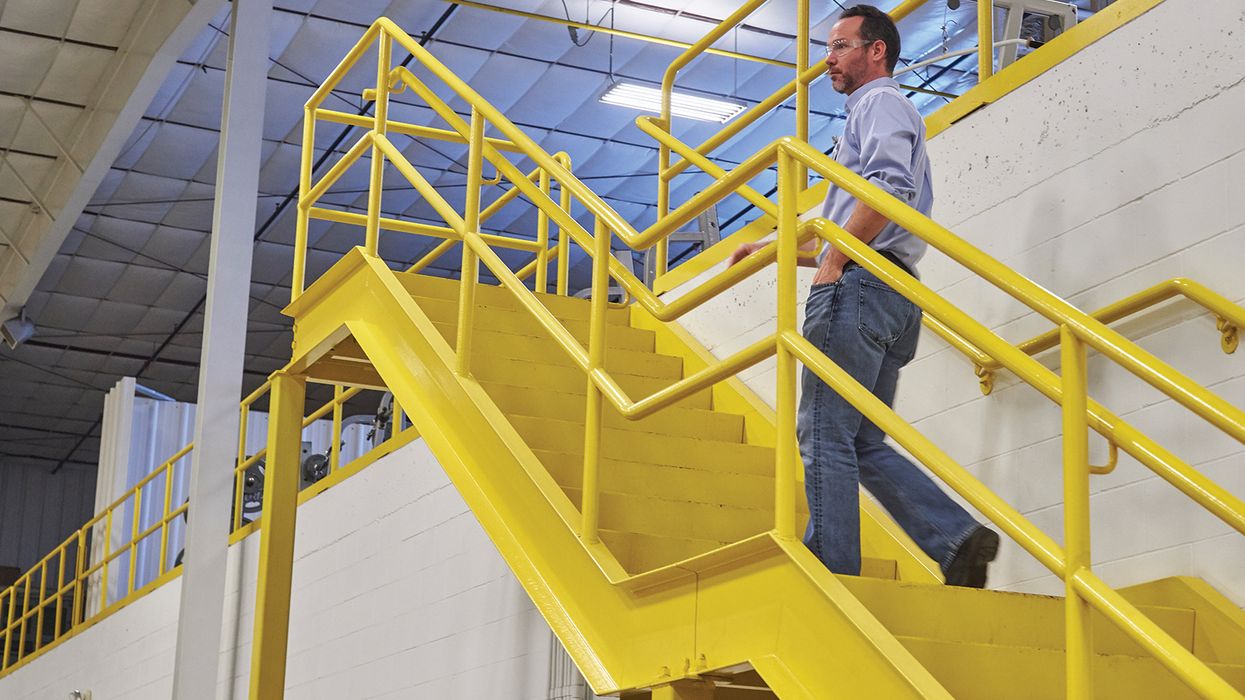NewsIndustry NewsFederal Motor Carrier Safety RegulationsFleet SafetyFocus AreaIn-Depth ArticleEnglishTransportationBusiness planning - Motor CarrierUSA
In the DOT’s rearview mirror: 2024 year in review
2024-12-18T06:00:00Z
It was another slow year for rule changes at the U.S. DOT, perhaps a portent of things to come under the new Trump administration. Nevertheless, the year brought at least one significant compliance deadline, several policy changes, and numerous rulemaking proposals that are still in the works.
Here’s a recap of the biggest news of the year related to motor carrier safety regulations. Note that many changes have merely been proposed and are not yet finalized.
- Jan. 19: The FMCSA overhauled its Medical Advisory Criteria (found in App. A to Part 391) and issued a new Medical Examiner’s Handbook, providing examiners more leeway in making certification decisions.
- Feb. 2: The FMCSA proposed a variety of changes that would make it easier for drivers to obtain a CDL, including the ability to take licensing tests in the state where training occurred. These proposed changes are slated to become final in mid-2025.
- Feb. 23: Revisions to the list of vehicle maintenance violations in the CSA program went into effect.
- Apr. 26: A new rule went into effect exempting certain recreational-activity providers from needing operating authority for shuttling customers in passenger vans within a 150-air-mile radius.
- May 10: The FMCSA granted the first of many exemptions to allow specific motor carriers to test the use of pulsating brake lamps.
- May 14: The standards for enrolling in the Safe Driver Apprenticeship Program were lowered in an effort to get more companies to participate. The program allows drivers under 21 years of age to cross state lines but comes with many strings attached.
- May 21: In a controversial move, the U.S. government proposed rescheduling marijuana as a less-dangerous drug, although the effect such a move would have on truck and bus drivers remains unclear.
- May 31: One new violation was added to the Drug/Alcohol scoring category under CSA, for driving while “prohibited” in the Drug & Alcohol Clearinghouse.
- June 18: The FMCSA renewed an exemption that allows alternative methods for securing agricultural commodities transported in boxes, bins, and tubs, as well as bales of hay, straw, or cotton.
- June 21: The DOT made three revisions to its oral-fluid drug testing rules, along with a variety of technical corrections to Part 40.
- July 17: The Unified Carrier Registration (UCR) fees for 2025 and beyond were raised by about 25 percent.
- Aug. 1: DOT was forced to rescind its June 21 changes to the oral-fluid testing rules in response to industry concerns.
- Aug. 13: The FMCSA began collecting public input on its official guidance/interpretations, in anticipation of future updates.
- Aug. 22: The FMCSA required state licensing agencies to begin using an updated version of the standard CDL driver training manual.
- Sep. 3: The FMCSA said it has agreed to look at removing the requirement that motor carriers must return roadside inspection reports to the state.
- Sep. 12: California removed most vehicles under 26,001 pounds from its 90-day (BIT) inspection requirements, effective 1/1/25.
- Sep. 27: 37 new violations were added to the CSA scoring system, spanning all scoring categories.
- Oct. 15: The DOT proposed a rule to allow electronic recordkeeping under its Part 40 drug/alcohol testing rules.
- Oct. 22: The FMCSA renewed an exemption from the warning-flag requirement for certain auto transporters with extended loads.
- Nov. 4: The FMCSA proposed delaying the compliance deadline for its insurance rules for brokers and freight forwarders (as issued in November 2023) until January 16, 2026.
- Nov. 18: States were required to begin removing driving privileges from drivers listed as “prohibited” in the Drug & Alcohol Clearinghouse.
- Nov. 18: The FMCSA made numerous technical corrections to the safety regulations, which it does each fall.
- Nov. 20: The FMCSA proposed changes to its broker transparency rules.
- Nov. 20: The FMCSA announced that a significant overhaul of the CSA scoring system would be moving ahead, with a launch date to be announced “in coming months.”
- Dec. 4: The FMCSA announced that four new crash types would be eligible for a preventability review through the DataQs website as of December 1, 2024.
- Dec. 4: The FMCSA proposed to allow states the option to not require a hazmat endorsement for delivering up to 1,000 gallons of jet fuel for seasonal agricultural operations.
- Dec. 5: The DOT once again made minor changes to its oral-fluid testing rules after they were rescinded on August 1.
- Dec. 9: The DOT proposed interim changes to the rules for “directly observed” drug tests, due to the current lack of labs to test oral fluids.
- Dec. 10: The FMCSA issued new guidance saying it’s not a violation if a rear-impact guard is missing its certification label.
- Dec. 18: The FMCSA removed another two ELDs from its list of registered devices, bringing the year’s total number of revoked ELDs to 22.
- Dec. 30: The DOT raised its maximum fine amounts for 2025 by the rate of inflation, 2.6 percent.
- Dec. 31: The FMCSA delayed certain provisions of its November 16, 2023, final rule, titled ‘‘Broker and Freight Forwarder Financial Responsibility,’’ from January 16, 2025, to January 16, 2026 (see 49 CFR 387.307 and 387.307T).
Key to remember: Though light on regulation changes, 2024 nevertheless brought numerous impactful actions from the Federal Motor Carrier Safety Administration and U.S. DOT.
































































